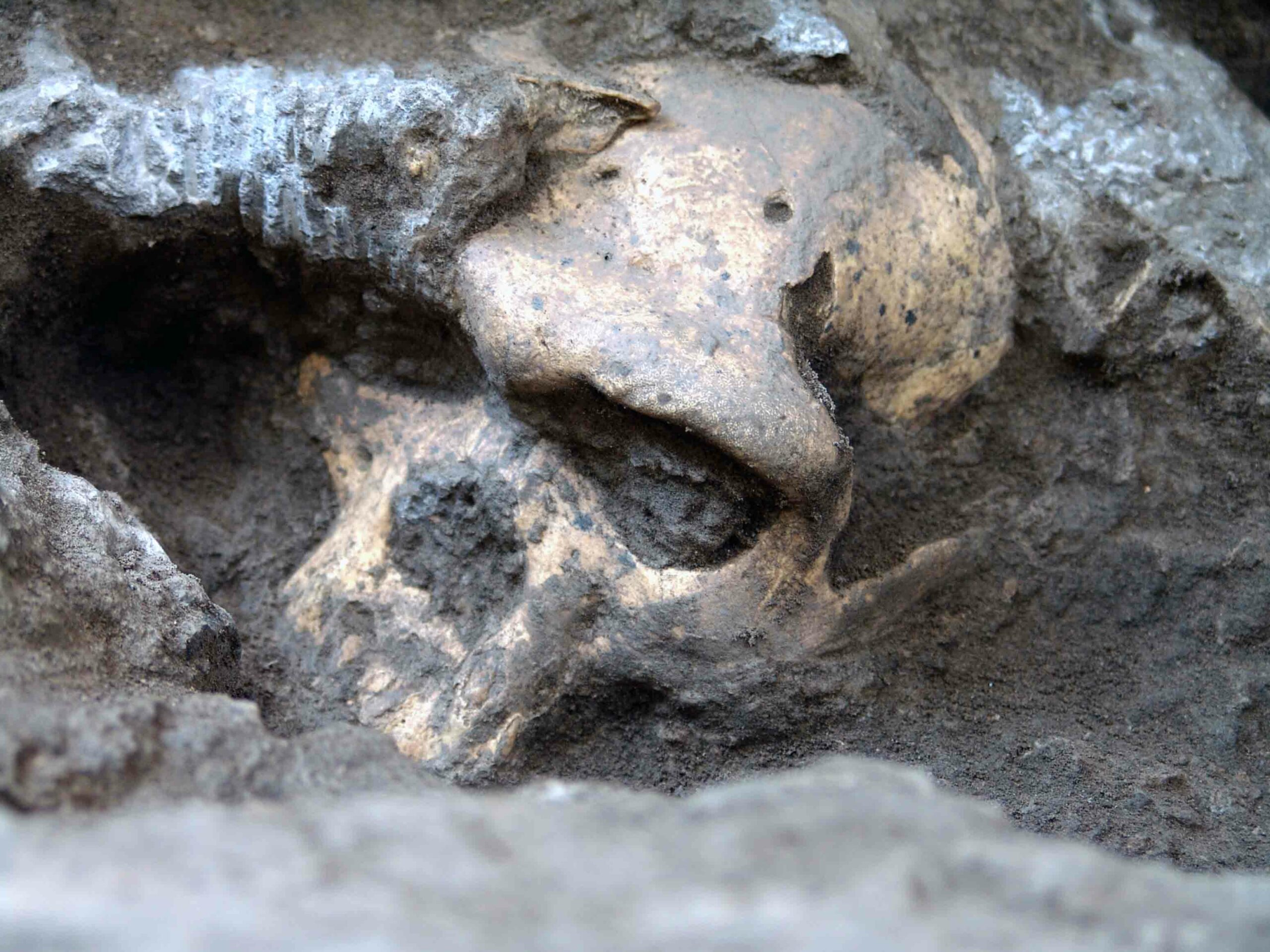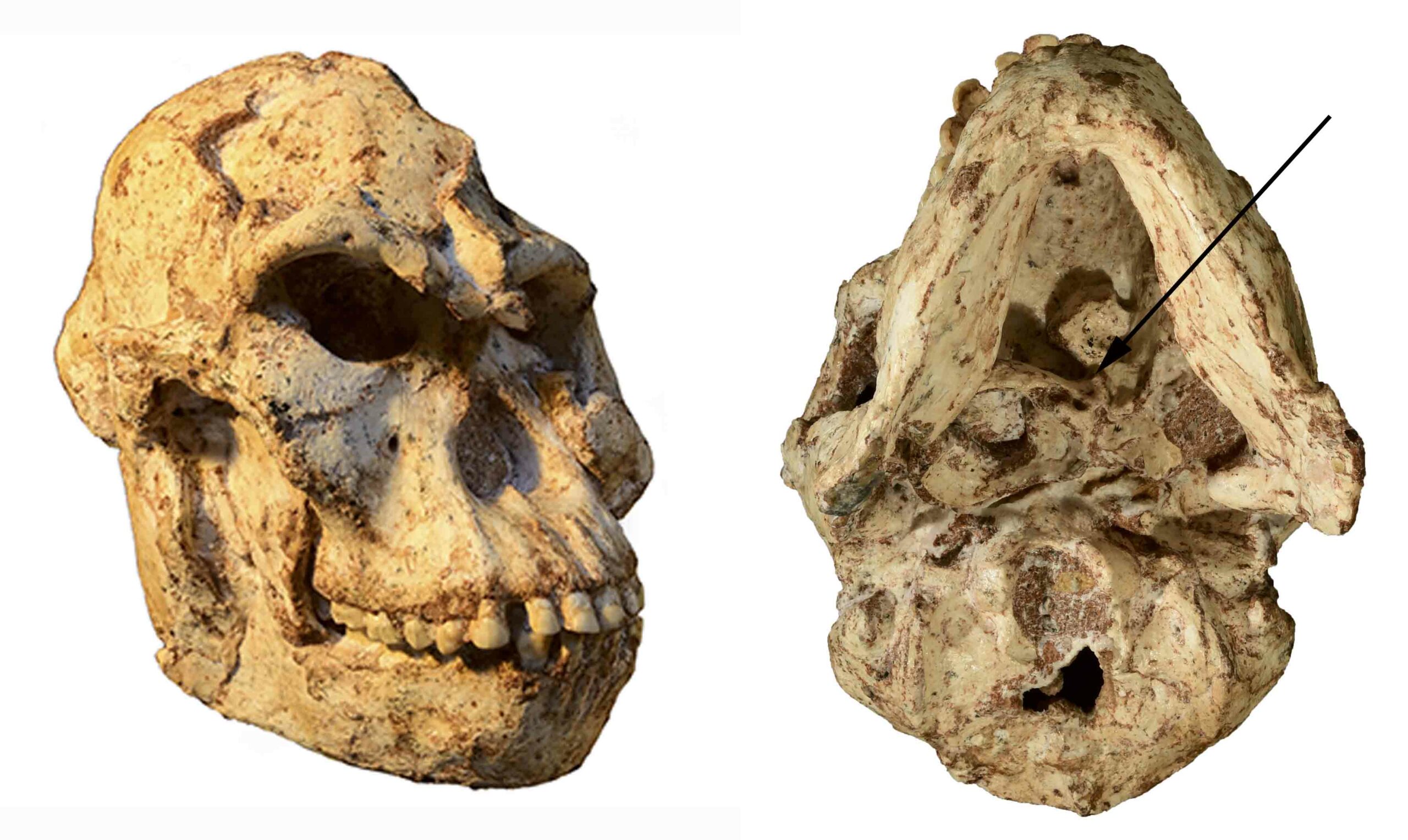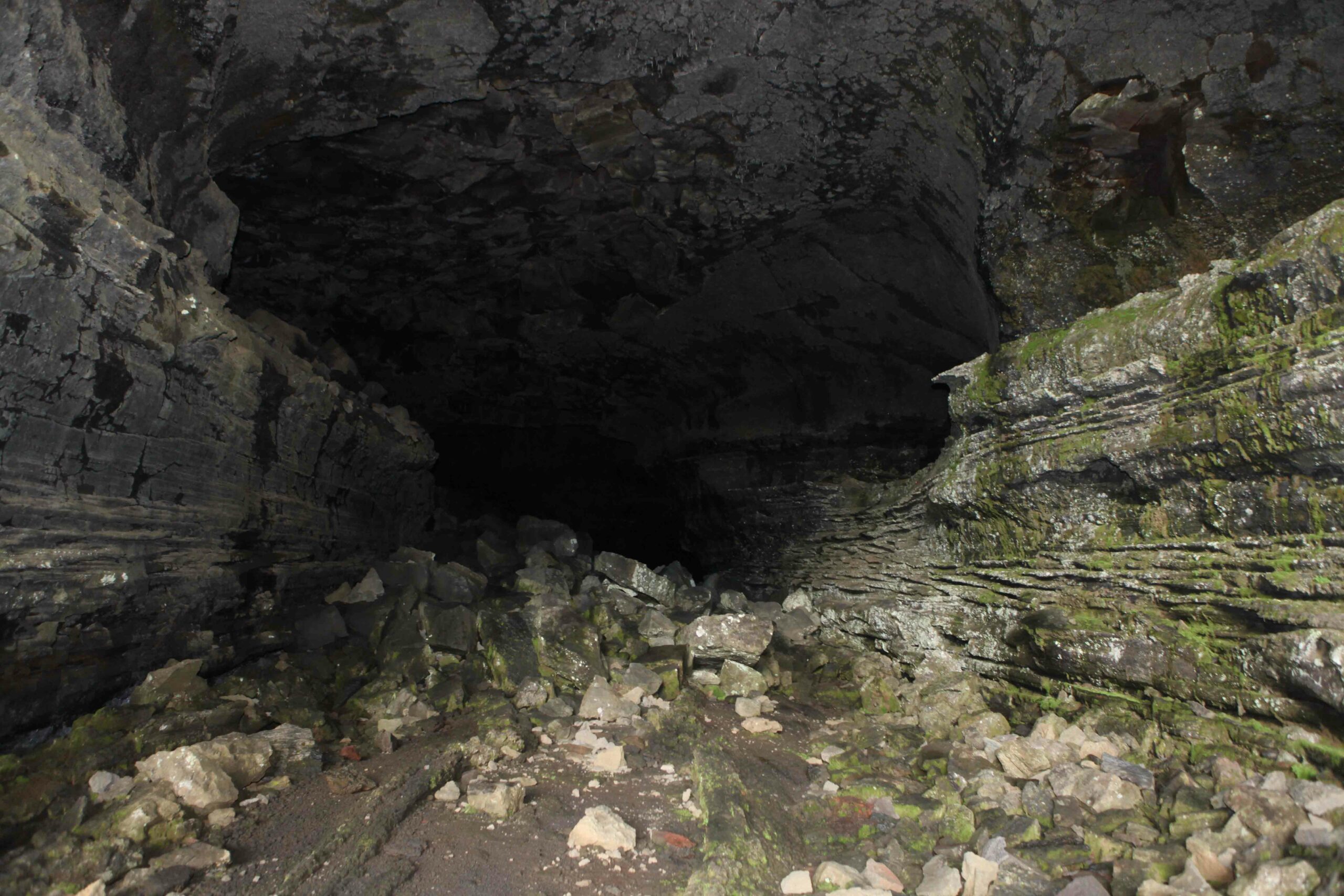
LEIPZIG, GERMANY—The Guardian reports that hominin remains resembling Homo sapiens have been discovered at a site known as Jebel Irhoud in Morocco and dated to 300,000 years ago, making them 100,000 years older than the oldest known Homo sapiens remains from East Africa. The fossils were found in a limestone cave whose roof had been damaged by mining operations, among flint tools, gazelle bones, and lumps of charcoal. The fossils include a partial skull, a jawbone, teeth, and limb bones from three adults, a juvenile, and a child of about eight years old. The lower jaw is similar to that of modern humans, but larger, and the braincase is more elongated. “The face of the specimen we found is the face of someone you could meet on the tube in London,” said Jean-Jacques Hublin of the Max Planck Institute for Evolutionary Anthropology. The researchers also note that the tools had been made with flint obtained about 30 miles to the south, and had been resharpened several times. They think the hominins may have traveled to the area to hunt gazelles, and carried their tools with them. For more, go to “Early Man Cave.”










